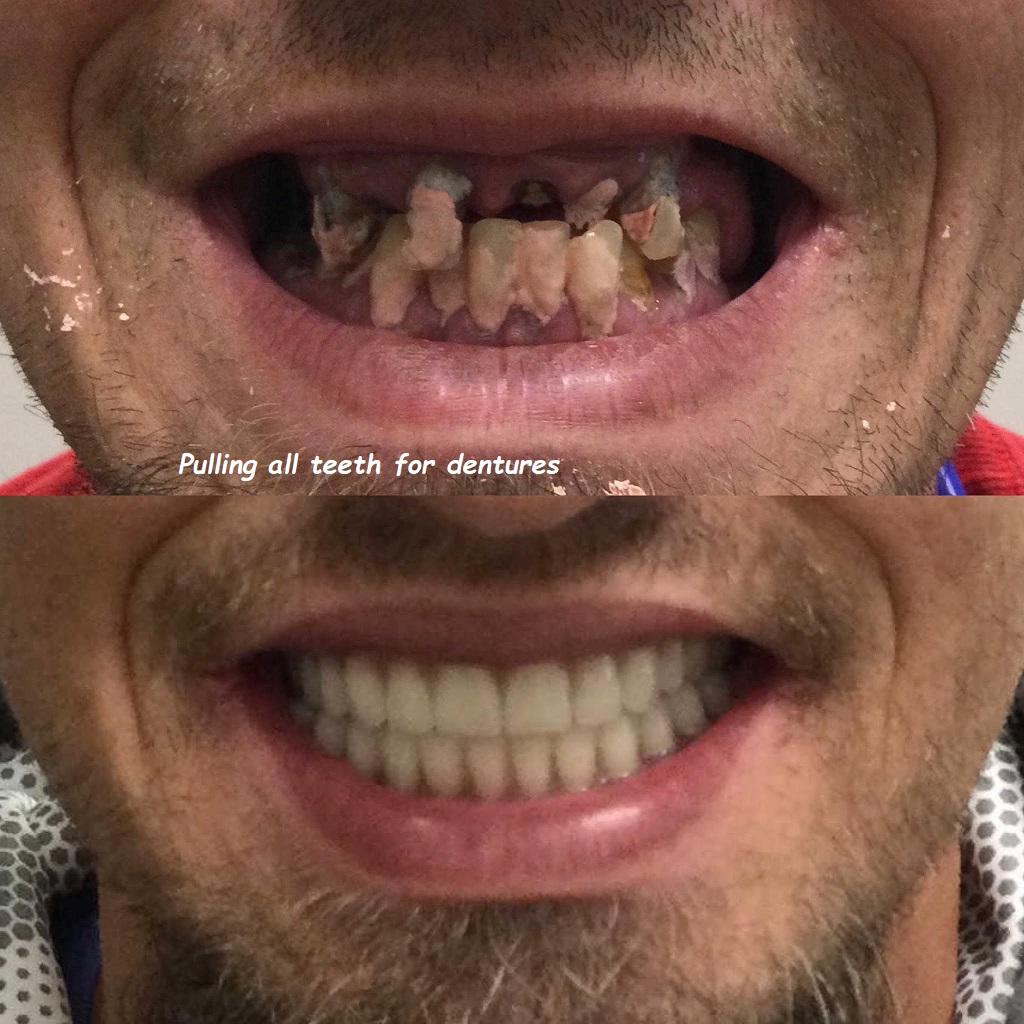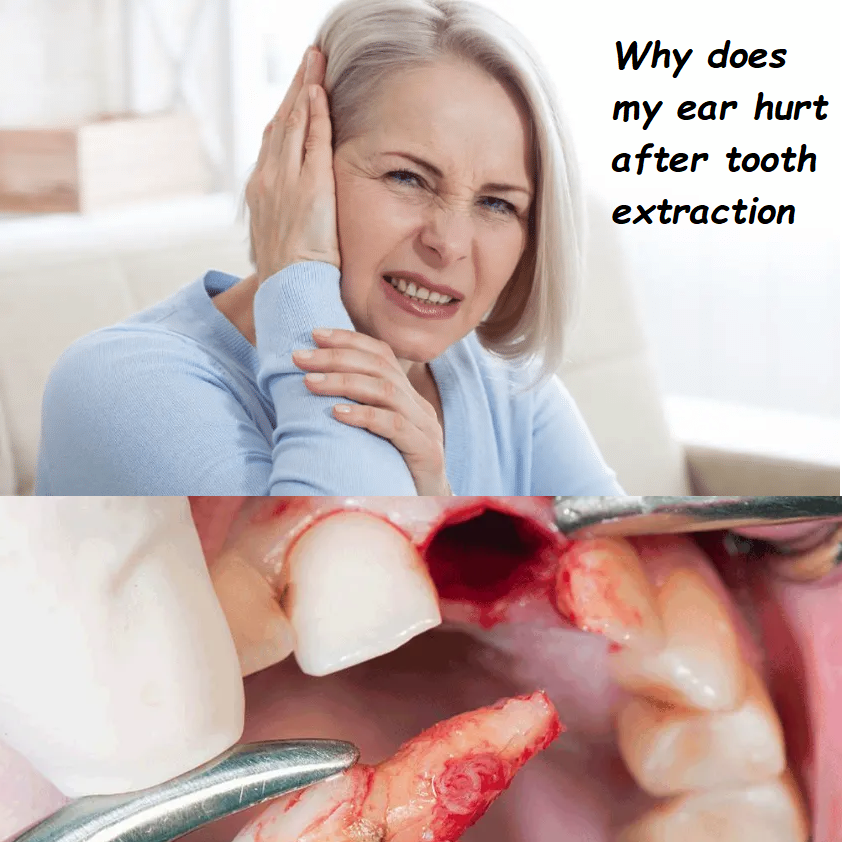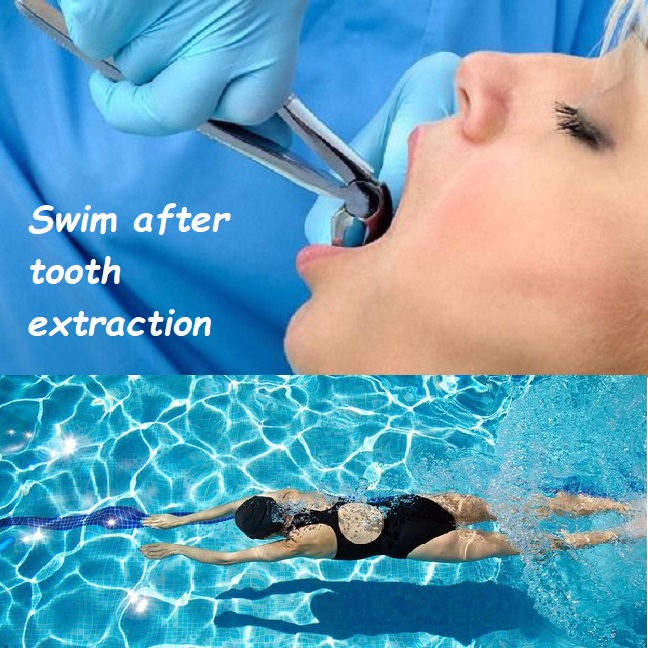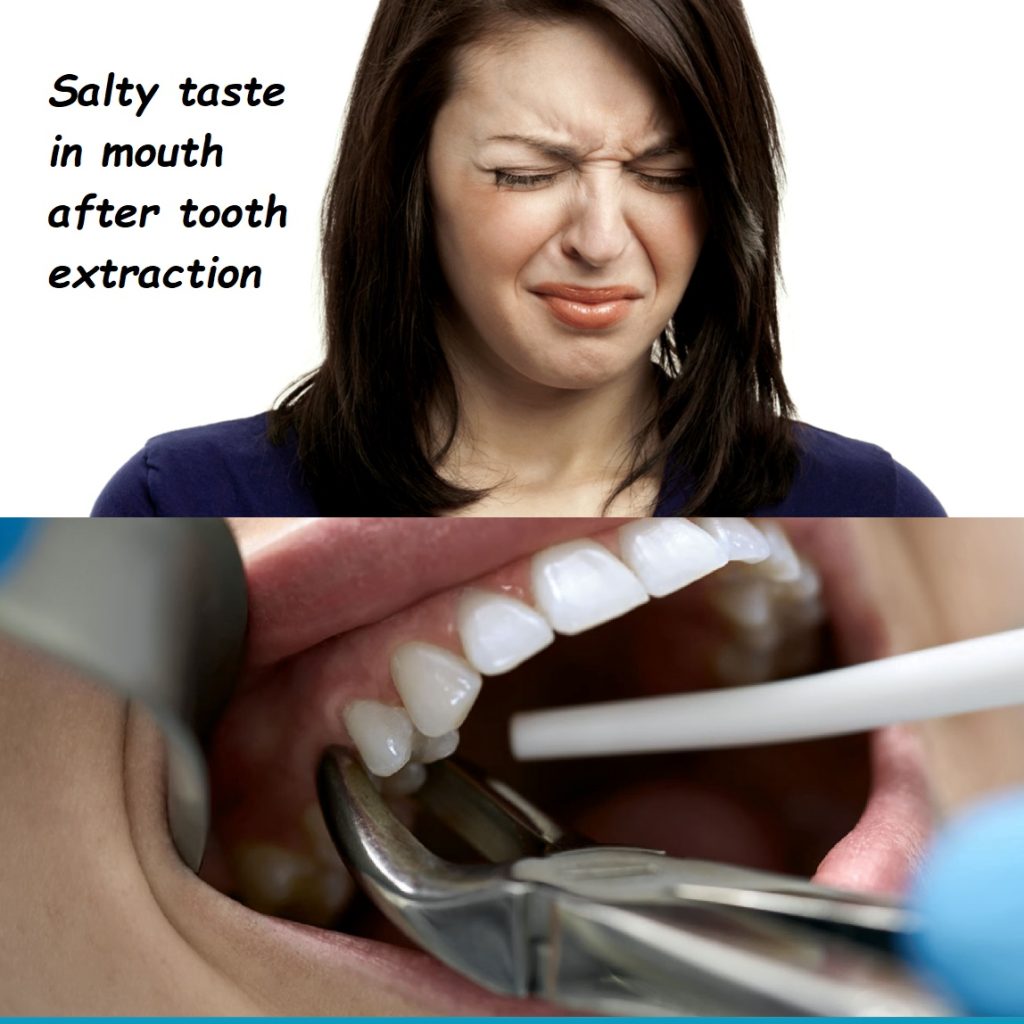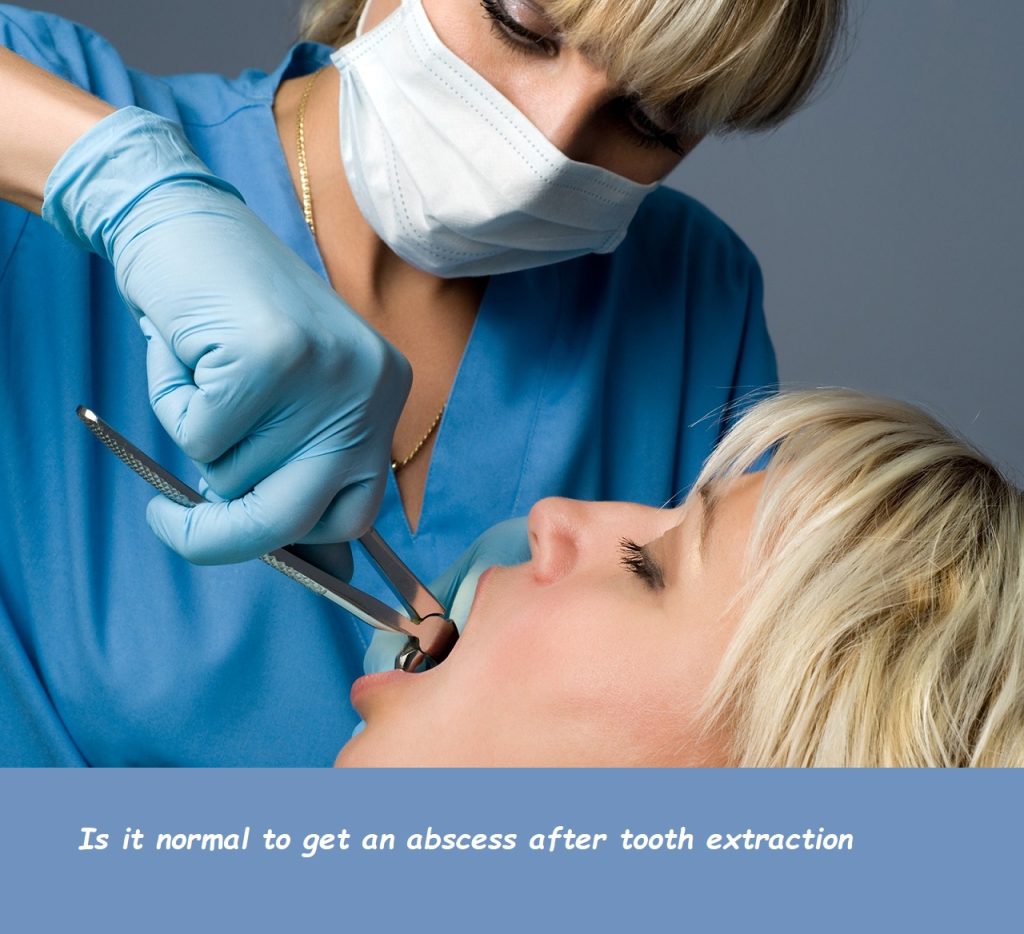long-term side effects of tooth extraction
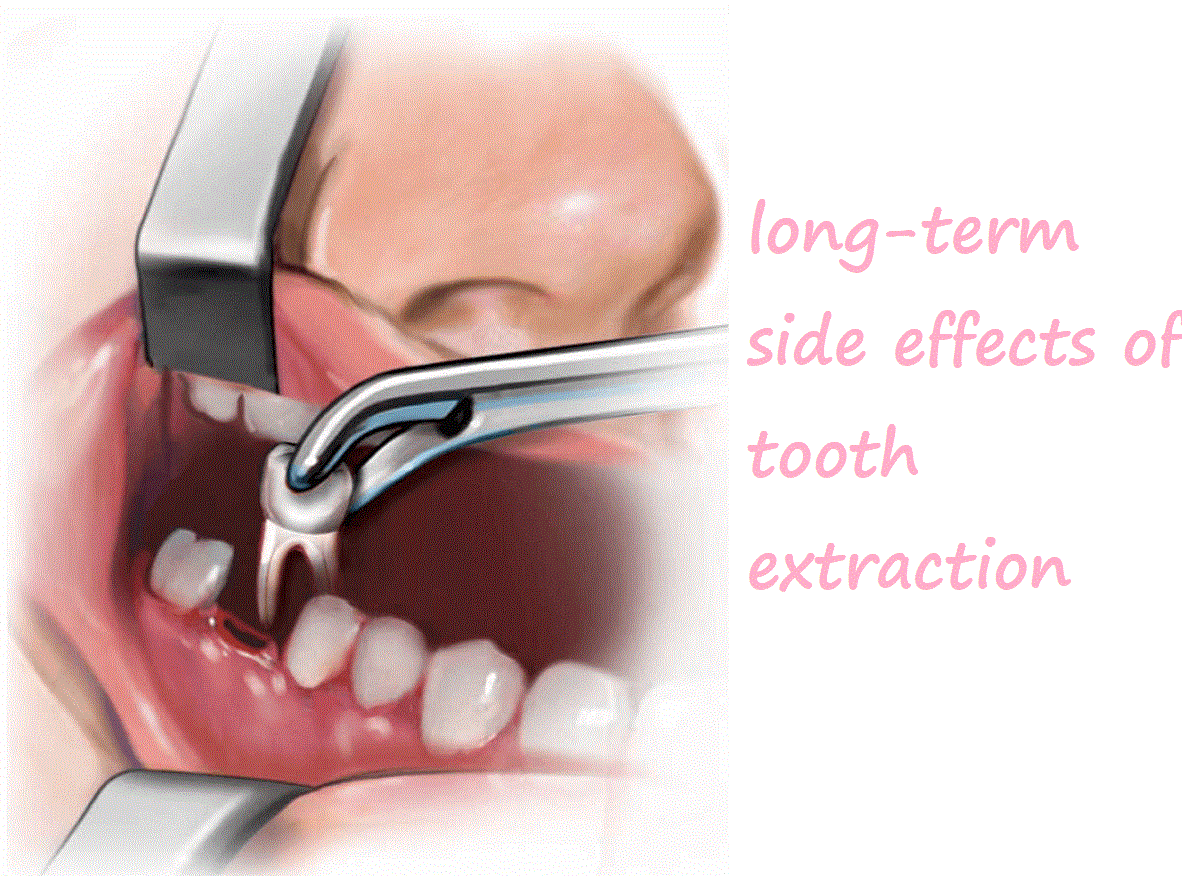
Tooth extraction is a common dental procedure, often necessary for various reasons such as severe decay, infection, or orthodontic treatment. While it typically provides relief and prevents further oral health issues, tooth extraction can have long-term side effects. Understanding these potential consequences is crucial for maintaining overall oral health and planning appropriate post-extraction care. This comprehensive guide will delve into the long-term side effects of tooth extraction, providing detailed insights and strategies to mitigate these effects.
Introduction
Tooth extraction involves removing a tooth from its socket in the jawbone. While it can address immediate problems like infection or overcrowding, the long-term effects can impact oral health, functionality, and aesthetics. This guide explores the potential long-term side effects of tooth extraction and provides strategies to mitigate these effects.
Potential Long-Term Side Effects
1. Bone Loss and Jawbone Deterioration
One of the most significant long-term side effects of tooth extraction is bone loss. The jawbone requires stimulation from the tooth roots to maintain its density and structure. When a tooth is removed, the lack of stimulation can lead to resorption, where the bone gradually deteriorates. This bone loss can affect the shape of the jaw and face, leading to a sunken appearance and other structural changes.
Prevention and Management:
- Dental Implants: Placing a dental implant in the extraction site can provide the necessary stimulation to prevent bone loss.
- Bone Grafts: In some cases, bone grafts may be used to augment the jawbone and support future dental restorations.
2. Shifting Teeth and Misalignment
The removal of a tooth can cause the remaining teeth to shift over time, leading to misalignment. This movement can create gaps, crowding, or bite issues, which may require orthodontic treatment to correct.
Prevention and Management:
- Orthodontic Appliances: Retainers or other orthodontic appliances can help maintain the alignment of the remaining teeth.
- Regular Dental Checkups: Monitoring tooth movement through regular dental visits can help address alignment issues early.
3. Changes in Bite and Chewing Efficiency
Tooth extraction can alter the way your upper and lower teeth come together, affecting your bite. This change can lead to difficulties in chewing and may cause discomfort or even pain in the jaw muscles and joints (temporomandibular joint disorders, or TMD).
Prevention and Management:
- Occlusal Adjustments: Dentists can perform adjustments to the bite to improve alignment and reduce discomfort.
- Replacement Options: Using dentures, bridges, or implants can restore proper bite function and improve chewing efficiency.
4. Increased Risk of Gum Disease and Tooth Decay
The gaps left by extracted teeth can be challenging to clean, increasing the risk of gum disease and tooth decay in the surrounding teeth. Bacteria and food particles can accumulate in these spaces, leading to periodontal problems.
Prevention and Management:
- Good Oral Hygiene: Brushing, flossing, and using an antibacterial mouthwash can help maintain oral hygiene.
- Professional Cleanings: Regular dental cleanings can help remove plaque and tartar buildup, reducing the risk of gum disease.
5. Aesthetic Concerns
Missing teeth can impact the appearance of your smile and overall facial aesthetics. This change can affect self-esteem and confidence, leading some individuals to seek cosmetic solutions.
Prevention and Management:
- Dental Prosthetics: Options like dental implants, bridges, and dentures can restore the appearance of your smile.
- Cosmetic Dentistry: Procedures such as veneers or bonding can enhance the aesthetics of remaining teeth.
6. Speech Difficulties
The loss of teeth, especially front teeth, can affect speech, leading to difficulties in pronouncing certain words or sounds. This issue can be particularly challenging for individuals who have multiple extractions.
Prevention and Management:
- Speech Therapy: Working with a speech therapist can help improve pronunciation and speech clarity.
- Dental Restorations: Replacing missing teeth with prosthetics can restore normal speech patterns.
7. Psychological Impact
Tooth loss can have a psychological impact, leading to feelings of self-consciousness, embarrassment, or even depression. This effect can be particularly pronounced in individuals who lose multiple teeth.
Prevention and Management:
- Counseling and Support: Seeking support from mental health professionals or support groups can help address the emotional impact of tooth loss.
- Dental Replacements: Restoring the smile with dental implants, bridges, or dentures can improve self-esteem and confidence.
Deeper Understanding of Bone Loss and Jawbone Deterioration
The Role of the Jawbone
The jawbone plays a crucial role in supporting teeth and maintaining facial structure. When a tooth is extracted, the absence of a tooth root means the bone no longer receives the necessary stimulation. Over time, this lack of stimulation leads to bone resorption, where the bone gradually deteriorates and loses density. This process can significantly impact the shape and function of the jaw.
Implications of Bone Loss
- Facial Structure: As the jawbone deteriorates, it can cause a sunken or collapsed facial appearance. This change can make an individual look older and affect their overall facial aesthetics.
- Prosthetic Stability: Bone loss can complicate the placement and stability of dental prosthetics, such as implants or dentures. Adequate bone density is essential for the successful integration and long-term stability of dental implants.
Prevention and Management:
- Bone Grafting: Bone grafting can help regenerate and augment bone in the jaw, providing a stable foundation for dental implants or other restorations.
- Dental Implants: Dental implants not only replace missing teeth but also stimulate the jawbone, helping to prevent further bone loss.
Addressing Shifting Teeth and Misalignment
How Shifting Occurs
When a tooth is extracted, the adjacent teeth can shift into the empty space over time. This shifting can disrupt the alignment of the remaining teeth, leading to crowding, gaps, and bite issues. Misalignment can also affect how the upper and lower teeth come together, potentially causing bite problems.
Consequences of Misalignment
- Dental Health: Misaligned teeth are more challenging to clean, increasing the risk of cavities and gum disease.
- Aesthetic Concerns: Misaligned teeth can affect the appearance of the smile, leading to aesthetic concerns.
- Functional Issues: Misalignment can affect bite function, making it difficult to chew properly and potentially leading to jaw pain.
Prevention and Management:
- Orthodontic Treatment: Orthodontic appliances such as braces or clear aligners can help realign the teeth and correct bite issues.
- Space Maintainers: In some cases, space maintainers can be used to keep the space open and prevent adjacent teeth from shifting.
Managing Changes in Bite and Chewing Efficiency
Impact on Bite
Tooth extraction can alter the balance and alignment of the bite. Changes in bite can cause difficulties in chewing, leading to improper digestion and discomfort in the jaw muscles and joints.
Impact on Chewing Efficiency
Efficient chewing is essential for proper digestion and overall health. Missing teeth can compromise chewing efficiency, making it difficult to break down food properly and leading to digestive issues.
Prevention and Management:
- Occlusal Adjustments: Dentists can make adjustments to the bite to improve alignment and comfort.
- Replacement Options: Replacing missing teeth with dentures, bridges, or implants can restore proper bite function and improve chewing efficiency.
Increased Risk of Gum Disease and Tooth Decay
Challenges in Oral Hygiene
The gaps left by extracted teeth can be challenging to clean, increasing the risk of gum disease and tooth decay in the surrounding teeth. Food particles and bacteria can accumulate in these spaces, leading to periodontal problems.
Impact on Oral Health
- Gum Disease: Gum disease can lead to inflammation, bleeding, and eventual tooth loss if not addressed.
- Tooth Decay: Increased risk of tooth decay can compromise the health of remaining teeth, leading to further dental issues.
Prevention and Management:
- Good Oral Hygiene Practices: Maintaining good oral hygiene by brushing, flossing, and using mouthwash can help prevent gum disease and tooth decay.
- Regular Dental Cleanings: Professional dental cleanings can remove plaque and tartar buildup, reducing the risk of gum disease and tooth decay.
Aesthetic Concerns and Psychological Impact
Impact on Appearance
Missing teeth can significantly impact the appearance of your smile and overall facial aesthetics. This change can affect self-esteem and confidence, leading some individuals to seek cosmetic solutions.
Psychological Impact
Tooth loss can have a psychological impact, leading to feelings of self-consciousness, embarrassment, or even depression. This effect can be particularly pronounced in individuals who lose multiple teeth.
Prevention and Management:
- Dental Prosthetics: Options like dental implants, bridges, and dentures can restore the appearance of your smile.
- Cosmetic Dentistry: Procedures such as veneers or bonding can enhance the aesthetics of remaining teeth.
- Counseling and Support: Seeking support from mental health professionals or support groups can help address the emotional impact of tooth loss.
Addressing Speech Difficulties
How Tooth Loss Affects Speech
The loss of teeth, especially front teeth, can affect speech, leading to difficulties in pronouncing certain words or sounds. This issue can be particularly challenging for individuals who have multiple extractions.
Prevention and Management:
- Speech Therapy: Working with a speech therapist can help improve pronunciation and speech clarity.
- Dental Restorations: Replacing missing teeth with prosthetics can restore normal speech patterns.
Advanced Treatment Options
Dental Implants
Dental implants are often considered the gold standard for replacing missing teeth. They involve placing a titanium post into the jawbone, which acts as a root for a replacement tooth. Implants provide a natural look and feel, help maintain jawbone density, and prevent shifting of surrounding teeth.
Benefits of Dental Implants:
- Bone Preservation: Implants stimulate the jawbone, preventing bone loss and maintaining facial structure.
- Stability: Implants provide a stable foundation for replacement teeth, improving functionality and aesthetics.
- Longevity: With proper care, dental implants can last a lifetime, making them a cost-effective long-term solution.
Dental Bridges
A dental bridge consists of one or more artificial teeth anchored to the adjacent natural teeth. Bridges can effectively fill gaps left by extractions, preventing shifting and maintaining the alignment of remaining teeth.
Benefits of Dental Bridges:
- Improved Functionality: Bridges restore the ability to chew and speak properly.
- Aesthetic Improvement: Bridges enhance the appearance of the smile by filling gaps left by missing teeth.
- Preventing Shifting: Bridges help maintain the alignment of the remaining teeth, preventing misalignment and bite issues.
Dentures
Dentures are removable appliances that can replace multiple missing teeth. They come in full or partial forms, depending on the extent of tooth loss. While not as stable as implants or bridges, dentures can improve aesthetics and function.
Benefits of Dentures:
- Affordable Solution: Dentures are generally more affordable than implants or bridges, making them accessible to a broader range of patients.
- Improved Aesthetics: Dentures restore the appearance of the smile, improving self-esteem and confidence.
- Functionality: Dentures help restore the ability to chew and speak properly, enhancing overall quality of life.
Bone Grafting
Bone grafting is a surgical procedure that adds bone to the jaw to replace lost bone tissue. It can support dental implants and improve the stability of the jawbone, helping to maintain facial structure.
Benefits of Bone Grafting:
- Bone Regeneration: Bone grafting helps regenerate lost bone tissue, providing a stable foundation for dental implants.
- Improved Implant Success: Bone grafting can increase the success rate of dental implants by ensuring adequate bone density.
- Facial Structure Maintenance: Bone grafting helps maintain facial structure by preventing bone loss and jawbone deterioration.
Long-Term Oral Health Strategies
Good Oral Hygiene Practices
Maintaining good oral hygiene is essential to prevent gum disease and tooth decay. Brushing twice a day, flossing daily, and using mouthwash can help keep the mouth healthy.
Oral Hygiene Tips:
- Brush Properly: Use a soft-bristled toothbrush and fluoride toothpaste to brush your teeth at least twice a day.
- Floss Daily: Flossing helps remove plaque and food particles from between the teeth and along the gumline.
- Use Mouthwash: An antibacterial mouthwash can help reduce bacteria and maintain oral hygiene.
- Regular Dental Checkups: Regular dental visits are crucial for monitoring oral health after a tooth extraction. Dentists can detect and address potential issues early, preventing long-term complications.
Diet and Nutrition
A healthy diet is essential for maintaining oral health. Consuming a balanced diet rich in vitamins and minerals can help strengthen teeth and gums.
Dietary Tips:
- Limit Sugary Foods and Drinks: Sugary foods and drinks can contribute to tooth decay and gum disease.
- Eat Nutrient-Rich Foods: Foods rich in calcium, vitamin D, and phosphorus can help strengthen teeth and bones.
- Stay Hydrated: Drinking plenty of water helps maintain saliva production, which is essential for oral health.
Regular Dental Checkups
Regular dental visits are crucial for monitoring oral health after a tooth extraction. Dentists can detect and address potential issues early, preventing long-term complications.
Benefits of Regular Checkups:
- Early Detection: Regular checkups allow dentists to detect potential issues early, preventing long-term complications.
- Professional Cleanings: Professional cleanings help remove plaque and tartar buildup, reducing the risk of gum disease and tooth decay.
- Preventive Care: Regular checkups provide an opportunity for preventive care, such as fluoride treatments and sealants, to protect against tooth decay.
Conclusion
Tooth extraction can have several long-term side effects, impacting oral health, functionality, and aesthetics. Understanding these potential consequences and taking proactive steps to mitigate them is crucial for maintaining overall oral well-being. Dental implants, bridges, dentures, bone grafting, and orthodontic treatments can help address the challenges associated with tooth loss. Regular dental checkups and good oral hygiene practices are essential to prevent complications and ensure a healthy, confident smile. If you are facing a tooth extraction, discussing these potential side effects and preventive measures with your dentist can help you make informed decisions about your oral health.
By staying informed and proactive, you can mitigate the long-term side effects of tooth extraction and maintain a healthy, functional, and beautiful smile.



